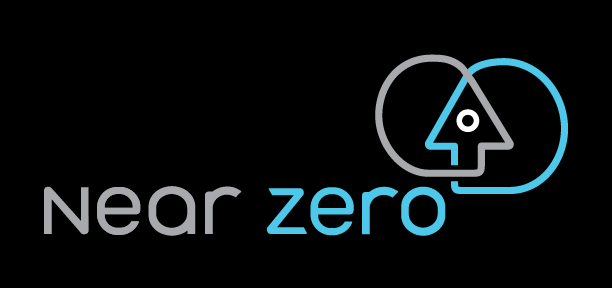An open-source model of supply and demand in the Western Climate Initiative cap-and-trade program
Near Zero’s open-source model of the Western Climate Initiative cap-and-trade program is intended to help project, analyze, and track market outcomes. It allows users to explore the future market supply and demand balance through 2030, based on users’ assumptions about:
- future emissions that are covered by the program
- quarterly auction outcomes
- the supply of carbon offset credits
Our goal is to provide a neutral accounting tool that allows users to explore a wide range of scenarios and their implications. The model calculates the market’s supply-demand balance by applying the actual market rules laid out in the regulations of WCI jurisdictions. It also incorporates post-2020 market design changes that the California Air Resources Board (ARB) recently proposed to implement the 2017 cap-and-trade extension bill, AB 398.
Starting from historical market outcomes, the model allows users to choose settings for future scenarios. By varying input assumptions, model users can explore under what conditions, and at what time, the market may shift from its present state of overallocation, where supply of compliance instruments persistently exceeds demand, to a state where demand exceeds supply. To explore this question, the model projects how the private bank of allowances—that is, the number of allowances held by private entities in excess of their compliance needs—will grow or shrink over time based on user-defined scenarios. Ultimately, the model supports evaluation of the extent to which cap-and-trade is expected to contribute to meeting California’s legally binding limit on statewide emissions in 2030.
An interactive, online version of the model is available here.
Below are sample results for the model’s default projection, which assumes:
- covered emissions in California and Quebec decrease 2% per year, starting from emissions in 2016 (the latest year with official reporting data);
- all future auctions sell 100% of allowances on offer; and
- offset supply is equal to 75% of the quantitative usage limit in all market periods.
Near Zero open-source software
Mason Inman *, Michael Mastrandrea *†, and Danny Cullenward *†
* Near Zero
† Carnegie Institution for Science, Department of Global Ecology

The figure on the left shows covered emissions compared with the supply of compliance instruments (allowances and offsets) that enter private market participants’ accounts through auction sales or direct allocations from WCI governments.
The model tracks the private bank of allowances, defined as the number of allowances held in private accounts in excess of compliance obligations those entities face under the program in any given year. When the supply of compliance instruments entering private accounts is greater than covered emissions in a given year, the private bank increases. When the supply of compliance instruments entering private accounts is less than covered emissions, the private bank decreases.
The figure on the right shows the running total of compliance instruments banked in private accounts. In addition, the graph shows any allowances that went unsold in auctions. These allowances are held in government accounts until they are either reintroduced at a later auction or removed from the normal auction supply subject to market rules.
If the private bank is exhausted, the model simulates reserve sales to meet any remaining outstanding compliance obligations, based on the user-defined emissions projection. Starting in 2021, if the supply of allowances held in government-controlled reserve accounts is exhausted, then an unlimited quantity of instruments called “price ceiling units” will be available at a price ceiling to meet any remaining compliance obligations.
For more information about the banking metric used here, see Near Zero’s Sep. 2018 report, Tracking Banking in the Western Climate Initiative Cap-and-Trade Program.
The model code, written in Python, is available on Github, released under a Creative Commons Attribution-ShareAlike 4.0 International License.
We welcome feedback on the model presentation and underlying assumptions, which are described in the model documentation (available here).
The model is still under active development to add new features. Release notes are available on Github. If you are interested in using the model code, we encourage you to contact Mason Inman (minman@nearzero.org), the project manager and technical lead for the development of this model.
Near Zero gratefully acknowledges support for this work from the Energy Foundation, grant number G-1804-27647. Near Zero is solely responsible for the content. The model, its results, and its documentation are for informational purposes only and do not constitute investment advice.
